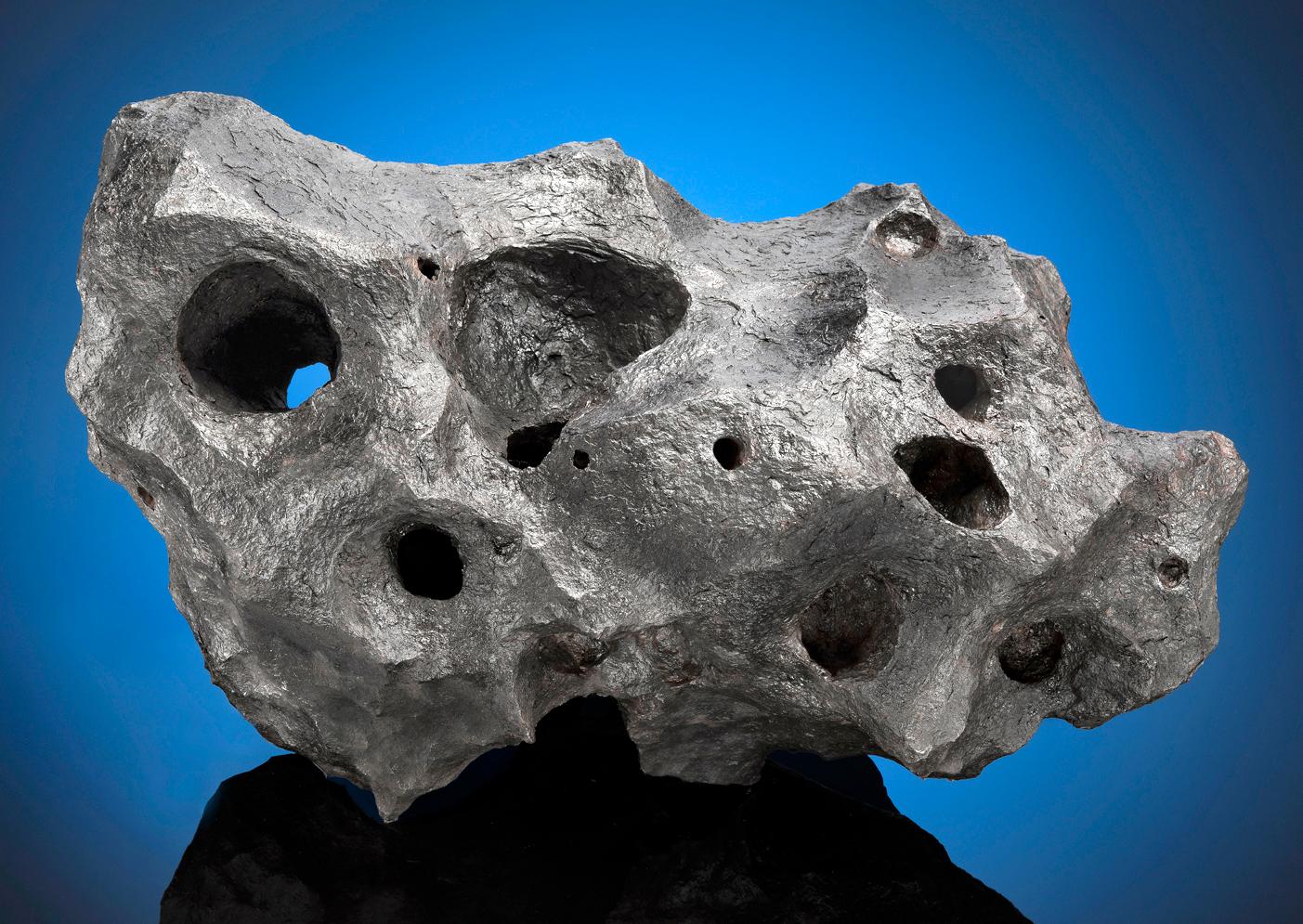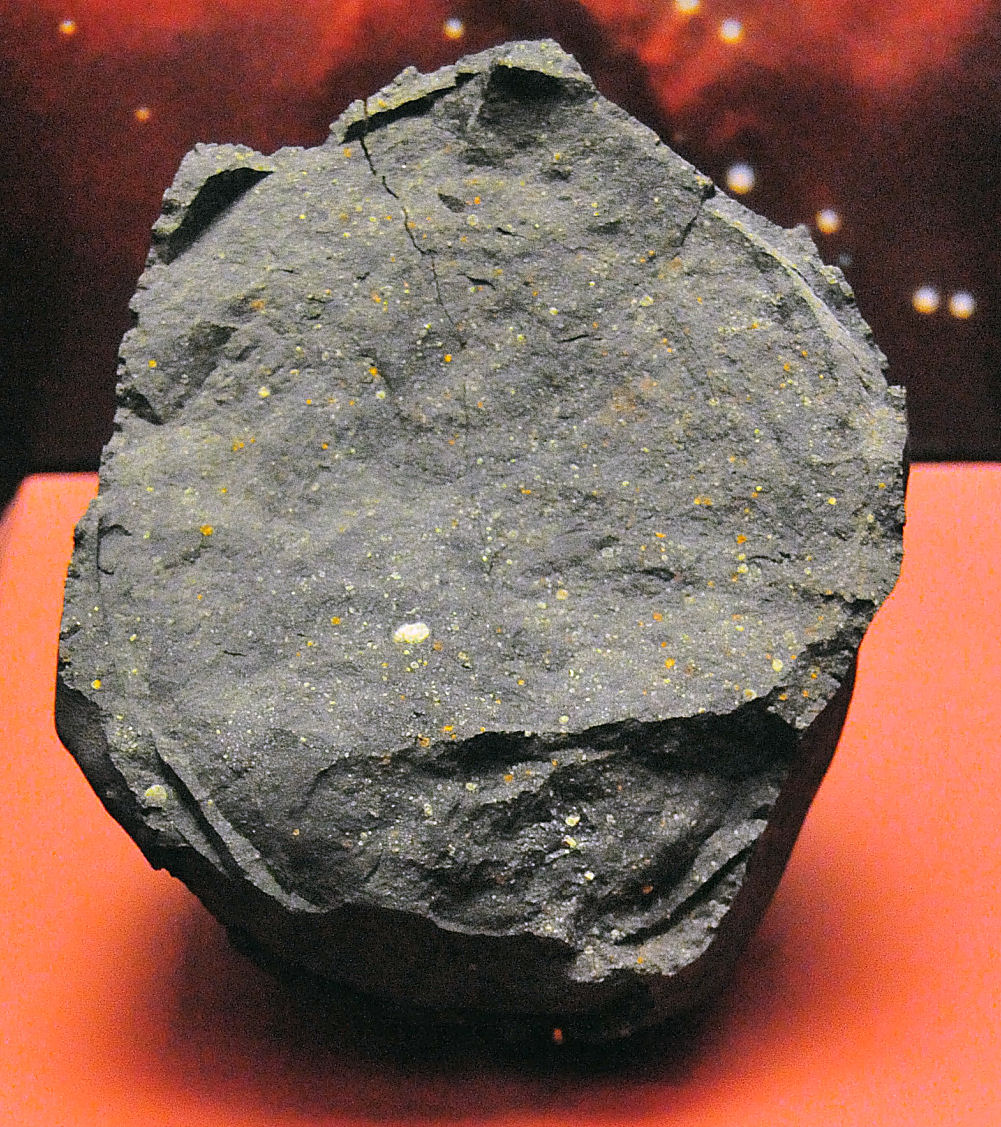What Are Meteorites?
Plenty of romantics have made a wish on a shooting star as it streaks across the night sky. Those brilliant beacons of hope are actually pieces of space debris burning up in Earth's atmosphere. And if a part of them makes it to the ground, it gets a new name.
A meteorite is the term given to a piece of a comet or asteroid that falls into the Earth’s atmosphere and survives to hit the surface. These objects come in three easy-to-remember categories: stony, metallic and stony metallic.
Stony meteorites, as the name implies, are made from rocky material not all that different from what's found in the ground on our planet. These objects are the most common type of meteorites and are thought to represent leftover fragments from the creation of our solar system. Such meteorites often contain organic, or carbon-containing, compounds, the molecular basis of living organisms, and sometimes even traces of water, suggesting that the ingredients for life may have originated before our world was born.

Metallic meteorites contain mostly iron and nickel, while stony-metallic meteorites are made from both rocky and metallic material. Only around 8 percent of meteorites fall into either of these categories, according to "Meteorites and the Early Solar System II," a book from the Lunar and Planetary Institute in Houston (University of Arizona Press, 2006). Some of these meteorites originated on the moon or Mars and have therefore given scientists insights into different bodies in the solar system.
NASA operates a system of cameras across the U.S. called the All Sky Fireball Network, which looks for bright streaks in the night sky so that researchers can better understand where and how often meteorites fall to Earth. Dedicated meteorite hunters scour remote places in search of fallen space rocks so that scientists can study these objects and because eager collectors will pay good money for rare specimens.
Don't worry too much about a meteorite finding you, though. The odds of being hit by a meteorite are extremely tiny. Two years ago, reports came out that an Indian man was the first person in recorded history to die from a meteorite impact. But the deadly rock turned out to have characteristics of Earth-based material, suggesting that it had become airborne during a terrestrial explosion, as Space.com's sister site Live Science reported.

Among the most famous fallen space rocks is the Murchison meteorite, which fell to Earth in 1969 and has since been well-studied because it is rich in organic compounds.
The Allan Hills 84001 meteorite, which originated on Mars, made a big splash in 1996, when scientists said they'd found evidence of ancient bacteria hiding inside it. But subsequent evidence seemed to contradict the discovery, and to this day, nobody completely agrees on what was found inside the meteorite, as Space.com reported.
Other recent famous meteorites include chunks from the 2013 meteor that burned up over Chelyabinsk in Russia. The explosive event was captured by dashboard cameras all over the region.
And the Hoba meteorite is the largest known meteorite. It weighs 60 tons (54 metric tons) and was found on a farm in Namibia. It's so big that it's never been moved and is now part of a tourist attraction.
Additional resources:
- An image gallery of meteors and meteorites from NASA.
- Follow NASA Meteor Watch on Facebook.
- Learn more about meteorite types from Arizona State University's Center for Meteorite Studies.
Join our Space Forums to keep talking space on the latest missions, night sky and more! And if you have a news tip, correction or comment, let us know at: community@space.com.
Get the Space.com Newsletter
Breaking space news, the latest updates on rocket launches, skywatching events and more!

Adam Mann is a journalist specializing in astronomy and physics stories. His work has appeared in the New York Times, New Yorker, Wall Street Journal, Wired, Nature, Science, and many other places. He lives in Oakland, California, where he enjoys riding his bike. Follow him on Twitter @adamspacemann or visit his website at https://www.adamspacemann.com/.










